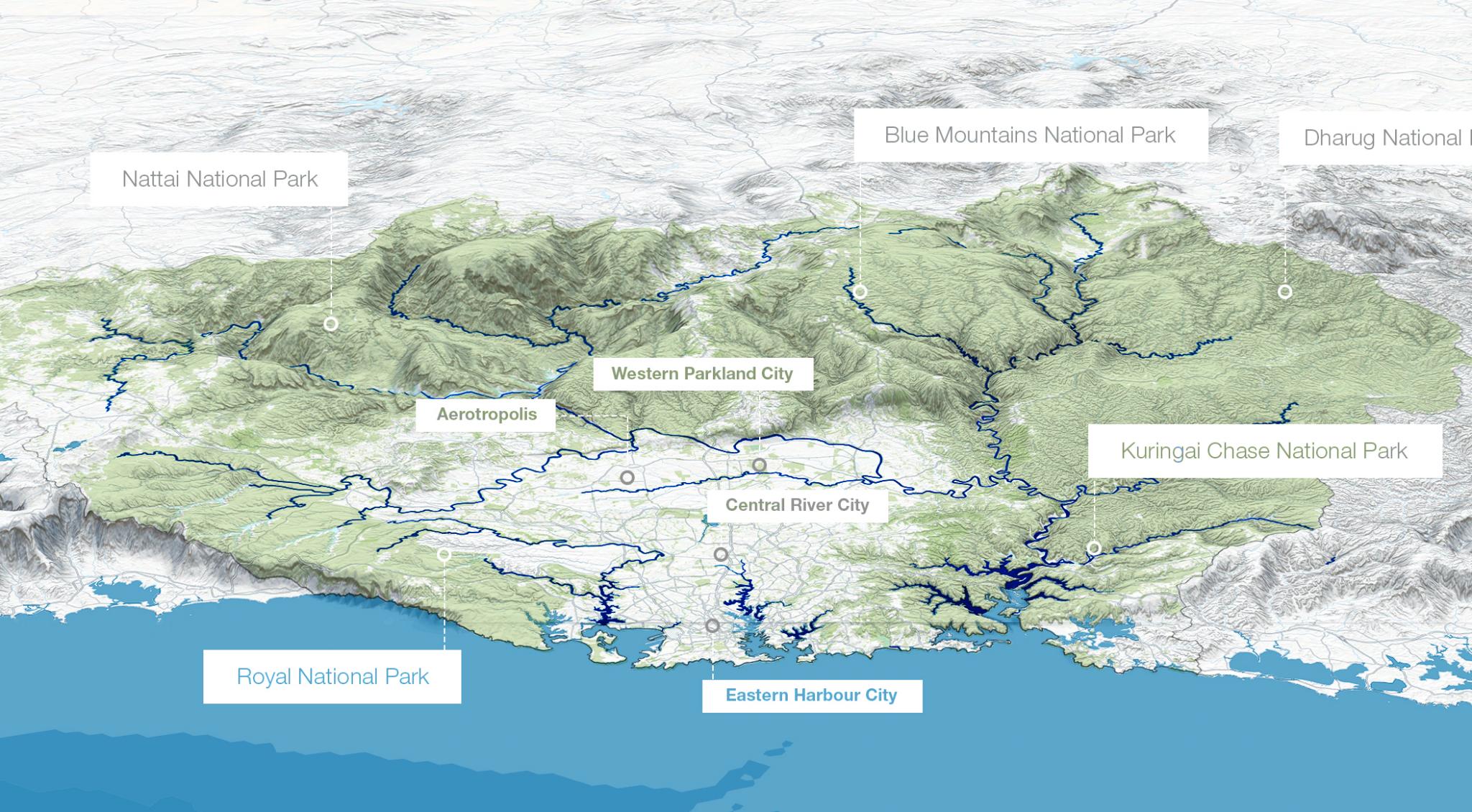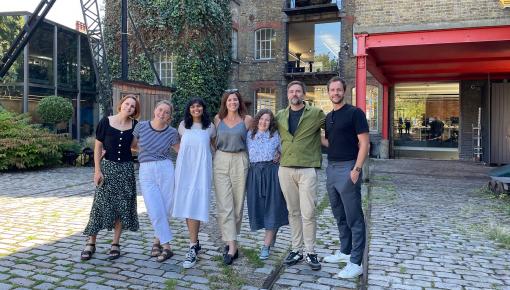Today at the 2021 World Urban Parks Congress held at the ICC in Darling Harbour, Adrian McGregor unveiled a plan to create the world’s biggest urban park inside the Sydney Basin.
By 2070, Greater Sydney will be home to 10 million people – a mega city by definition. It is anticipated almost half of this population will reside west of Parramatta in areas yet to be urbanised.
In his lecture, Adrian McGregor stated:
“As a mega city, Sydney needs a Mega Park – I propose the creation of a new 1000km ring of open space that unites the disparately managed parks and waterways of the Sydney Basin into a world class urban park governed by a city-wide parks agency.”
Surpassing the 200,000-hectare Chugach State Park in Anchorage, Alaska, it would be the world’s largest urban park with an estimated 1.5 million-plus hectares of green space. The plan upscales the NSW Government’s ‘city in a park’ concept, comprising a circular network of public open spaces from Gosford to Wollongong, and Bondi to the Blue Mountains. The park will be the lungs of the city – limiting urban sprawl, reducing urban heat, soaking up carbon and conserving ecological assets for future generations.
The concept integrates the management of over 50 existing, separately managed parks in the Sydney basin (including 34 National Parks) by the NSW Government into a single coordinating entity, ensuring the highest level of protection for public lands and the environment in the future.
Sydney has always had a close relationship with its landscape. For millennia, First Nations peoples have lived in the Sydney Basin, sustainably managing and farming the landscape and waterways on a vast scale. Today, reconnecting with our unique landscape has never been more important. With the climate emergency on our doorstep, the need for respectful, intelligent, large-scale, integrated planning of the city and its environment is crucial for building resilience to rising temperatures.
Urban plans for Sydney basin and adjoining parklands aren’t new. The most significant was the Cumberland Plan adopted in 1951, an unrealised strategy that proposed a green belt around the city to contain its 2 million sprawling residents at the time.
The NSW Government has launched the concept of Sydney as a ‘city within a park’ earlier this year, proposing that Greater Sydney become a metropolis of five cities supported by an internal grid of green-and-blue infrastructure that safeguards the needs of future generations.
Underpinning this strategy is a 50 Year Vision for Greater Sydney Parklands. A new parks agency will coordinate and manage more than 6,000 hectares of parklands that receive over 40,000,000 visits yearly, combined. The Greater Sydney Parklands agency is a positive first step in realising such a comprehensive city-wide parks vision that supports our current population. This agency could be further expanded to become Sydney Parks: a sister to Sydney Water.
As the failure of the Cumberland Plan demonstrated, a park plan without commitment to a funded agency that drives delivery is no plan at all. Since 1958, Melbourne has had both a parks and water charge – so the funding model already exists in Australia.
Healthy parks and waterways go hand in hand and Sydney’s primary catchments of Parramatta, Georges, and Hawksbury-Nepean will be the foundation of Sydney’s resilience – fostering biodiverse aquatic life in water that is clean enough to swim in. Picture a Sydney where its beaches, coastal and urban, become an equitable source of recreation city-wide.
Australia is one of 141 countries that pledged at COP26 to halt and reverse forest loss and land degradation by 2030, and to absorb carbon from combustion of coal, oil, and gas. A Mega Park can position NSW as pioneers in delivering that promise, leveraging a unique opportunity to create unified parklands that serve Sydney’s diverse communities.
The pandemic has demonstrated that local and regional parks are crucial infrastructure in maintaining the mental and physical wellbeing of citizens. The proposed Greater Sydney Parklands is a positive first step to manage a significant part of our public open space, but the real challenge is to expand our parkland vision to the mega scale.
OTHER NEWS
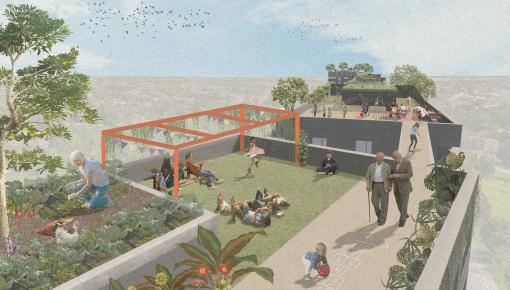
Insights
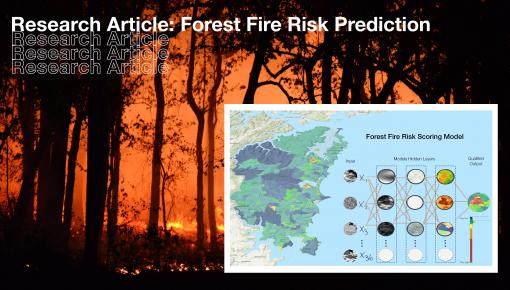
Insights
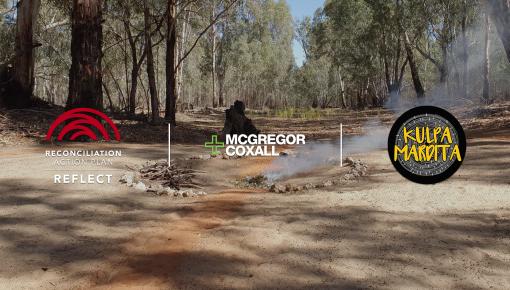
Insights

Media
